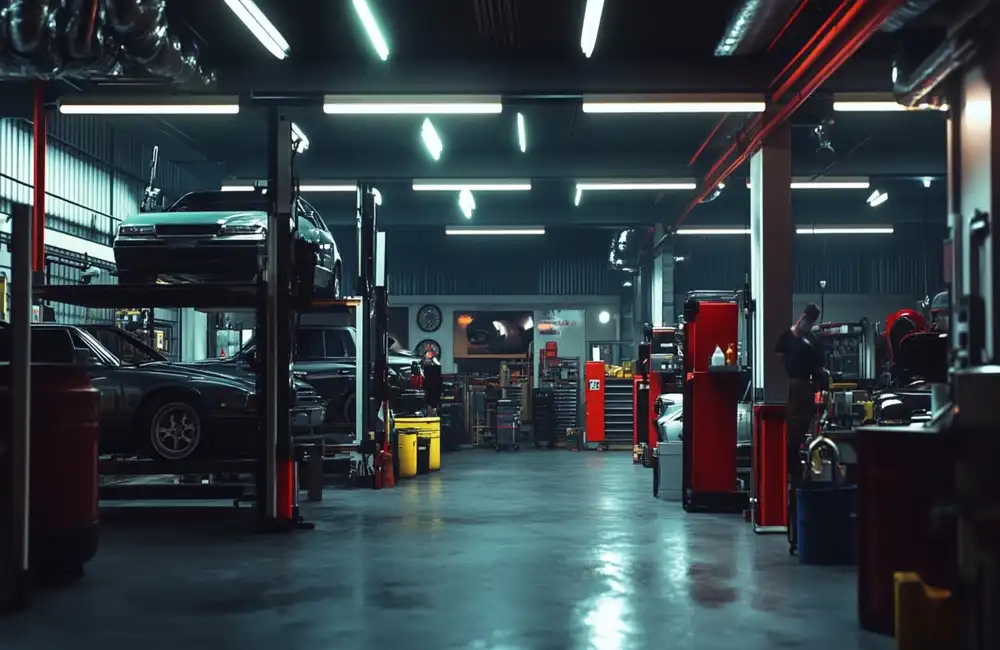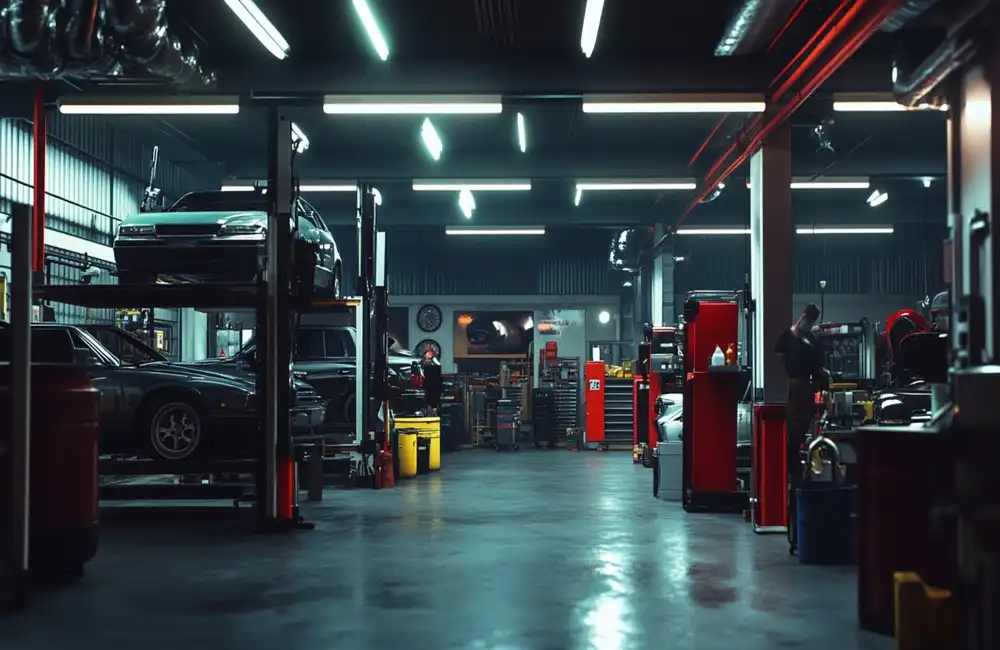Rivian Automotive Inc., a prominent name in the electric vehicle (EV) market, recently announced a downward revision of its 2023 delivery forecast, leading to a ripple effect across both investor confidence and the EV sector at large.
The move reflects persistent challenges faced by new EV players, from production bottlenecks to rising material costs, prompting Rivian to revise its delivery forecast.
The Revised Forecast
Rivian had targeted 50,000 vehicle deliveries for 2023 but has now trimmed this due to supply chain disruptions, production bottlenecks and higher material expenses.
This adjustment underscores the struggle of modern automakers to align ambitious targets with complex global supply chains.
Understanding the Roadblocks
1. Global Supply Chain Constraints
Persistent semiconductor shortages and sourcing issues for critical EV components limit Rivian’s production scalability.
2. Rising Costs of Raw Materials
Surging prices for lithium, nickel and cobalt inflate battery costs, challenging Rivian’s growth phase without economies of scale.
3. Production Ramp-Up Challenges
Capacity expansion at its Illinois plant faces engineering, workforce and logistics hurdles, slowing manufacturing increases.
The Impact of the Revision
Rivian’s share price dipped as investors recalibrated growth expectations, though pre-order backlogs for its R1T, R1S and Amazon vans remain strong.
Long-Term Potential Remains Strong
1. Partnership with Amazon
An order for 100,000 electric delivery vans from Amazon secures revenue and production experience.
2. Technological Innovation
Industry-leading battery tech and off-road capabilities position Rivian as a differentiated EV maker.
3. EV Market Growth
Global sustainability trends and favourable regulations offer long-term opportunities for emerging automakers.
What’s Next for Rivian?
Improving Supply Chain Resilience
Diversifying suppliers and strengthening partnerships can mitigate future disruptions.
Enhanced Capacity Utilisation
Optimising manufacturing processes will help close the gap to ambitious delivery goals.
Clear Communication with Stakeholders
Transparency about challenges and strategic focus is key to sustaining investor and customer confidence.
Final Thoughts
Rivian’s revised delivery forecast highlights the complexities of scaling an EV business but its strong demand pipeline and innovation-driven strategy support its future prospects.
Success will depend on its ability to persist under pressure, execute its vision and harness partnerships to fuel a sustainable automotive future.





















